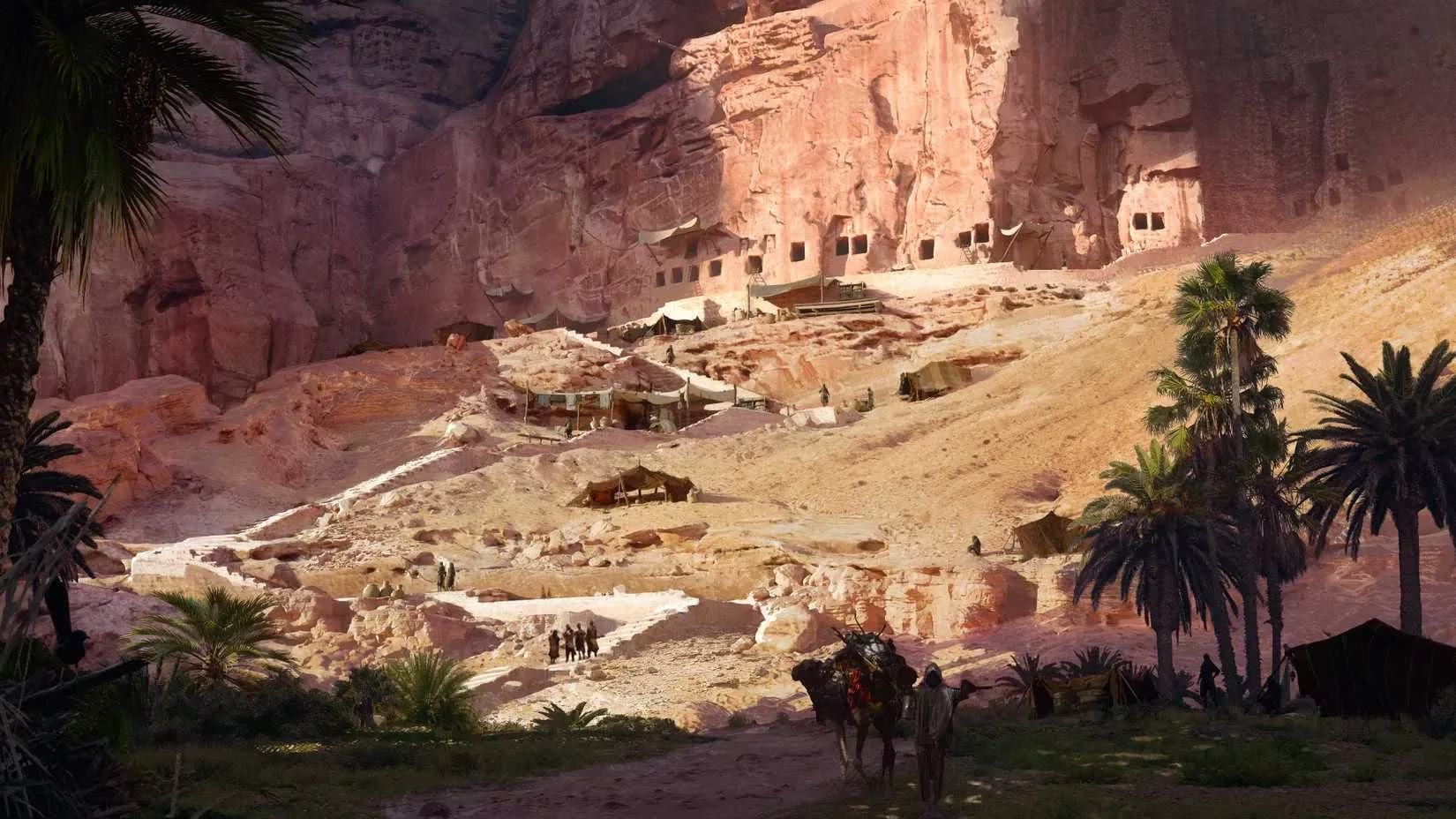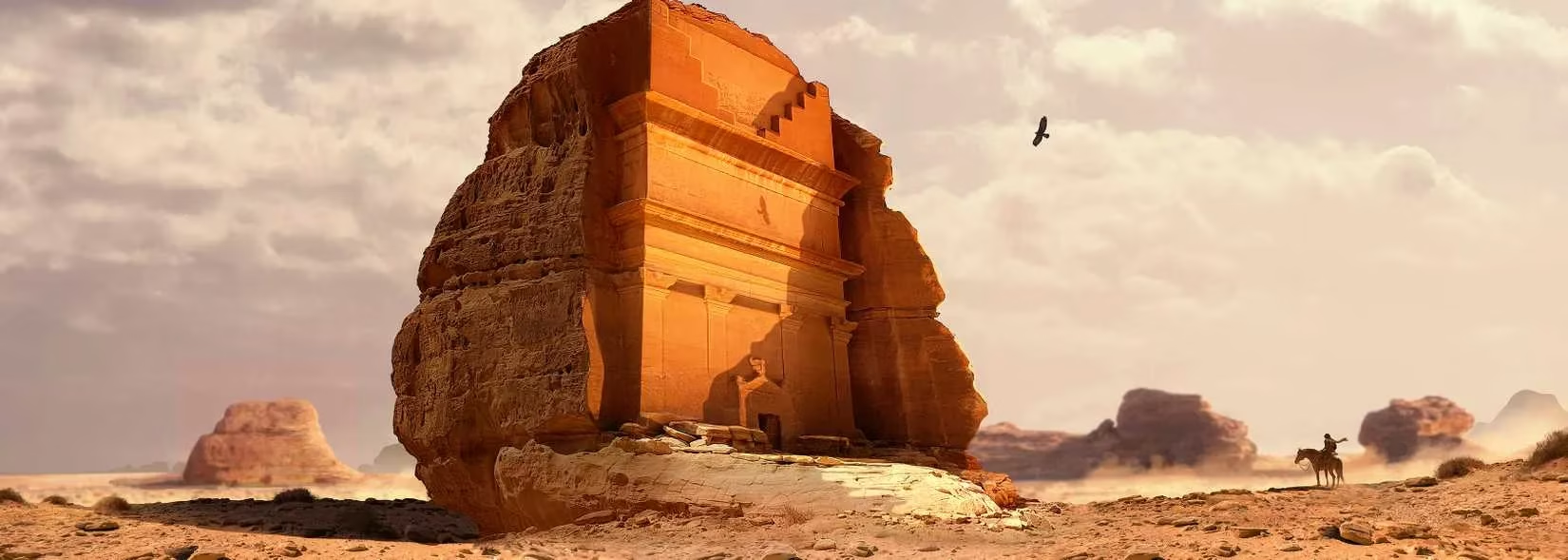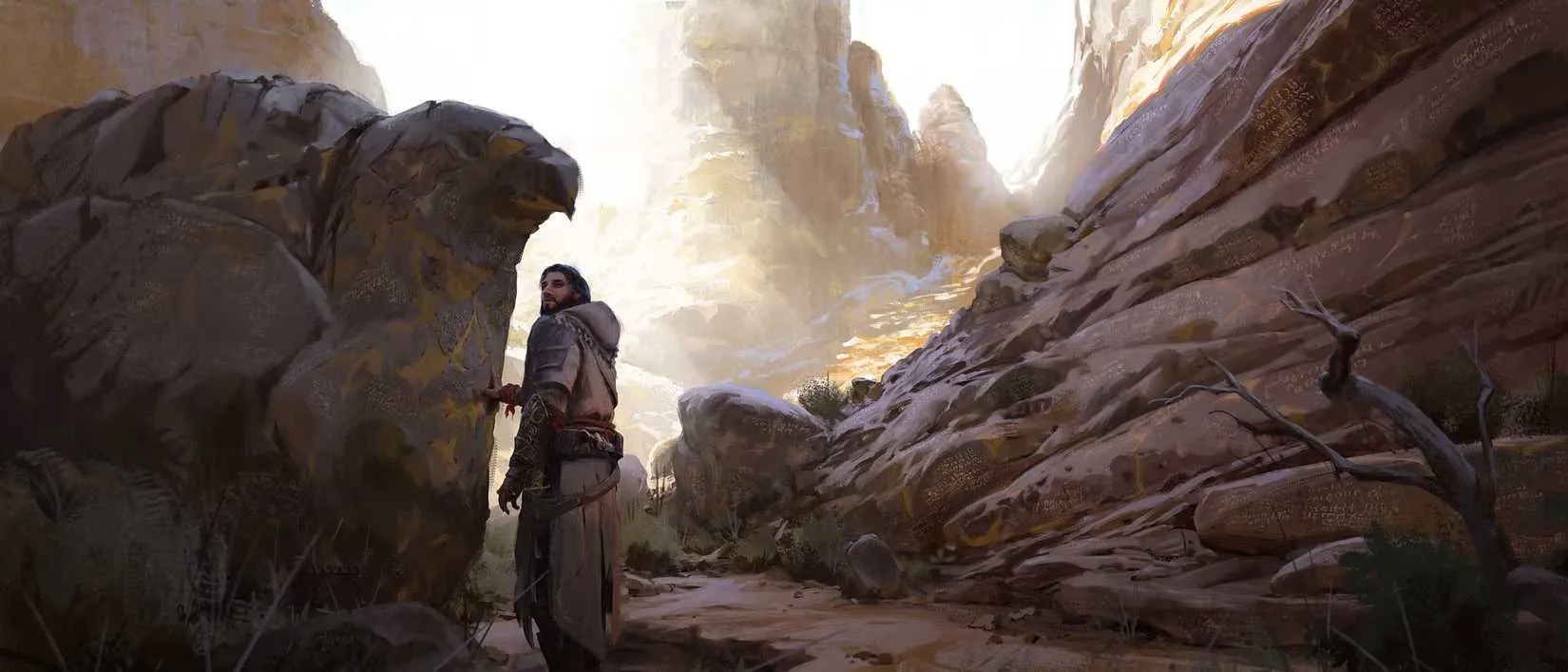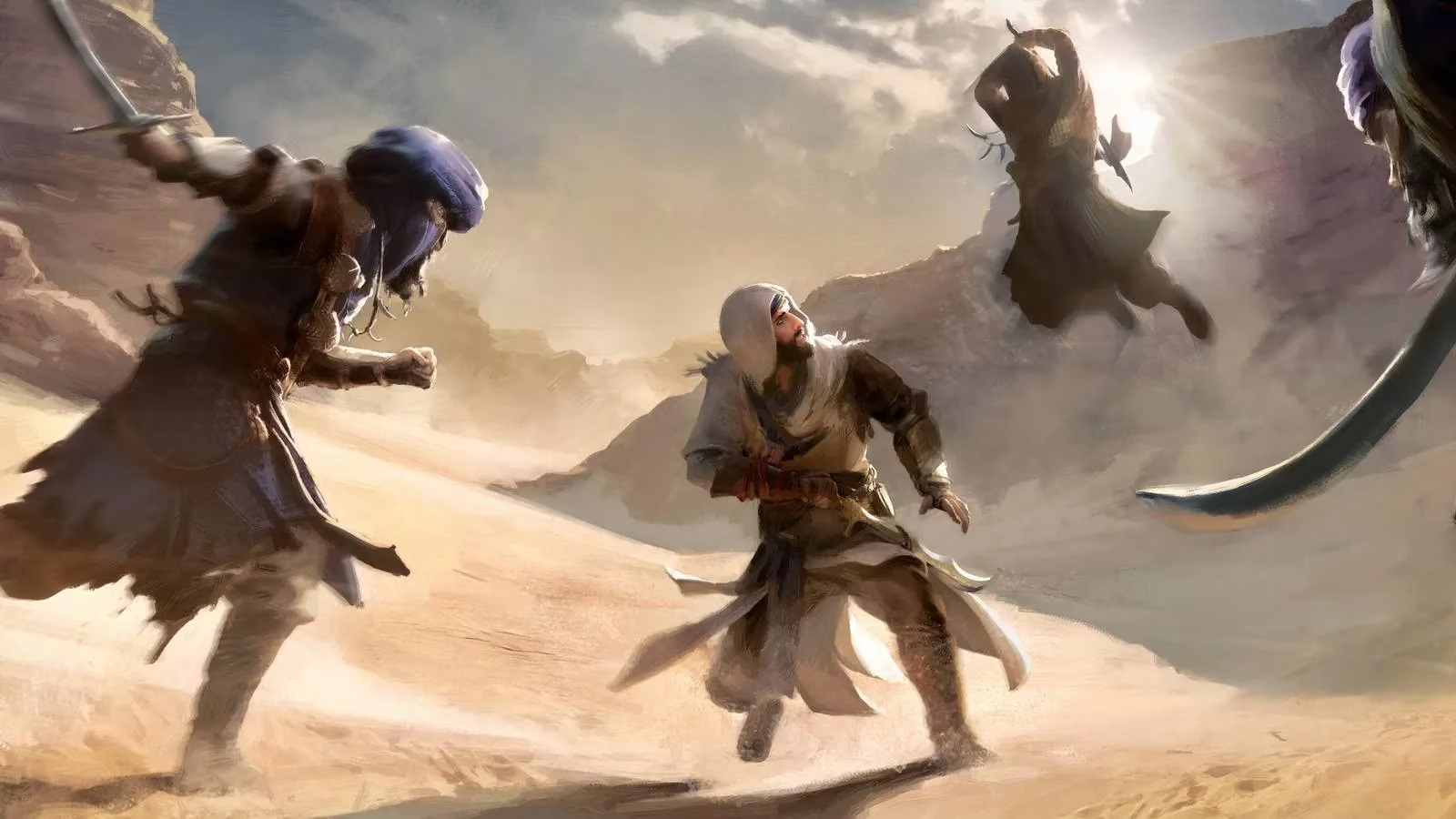As a lifelong Assassin's Creed fan, I was electrified to discover how Ubisoft's Valley of Memory DLC for Mirage shatters gaming conventions by integrating real-time archaeological discoveries. Imagine this – while developers crafted this expansion set in Saudi Arabia's AlUla region, actual excavations were happening simultaneously at sites like the Lion's Tomb and Dedan city! 💥 This unprecedented access allowed Ubisoft to collaborate directly with French archaeologists from the AlUla agency, transforming dusty ruins into pixel-perfect recreations before my eyes. The thrill of knowing that in-game structures like Nabataean tombs reflect discoveries made mere weeks before launch? It's like being part of a historical breakthrough team rather than just a player holding a controller. 🏛️
The Dynamic Dig: Real-Time Research Rewrites Gaming History
Creative director Olivier Leonardi revealed to me how this DLC differs radically from past Assassin's Creed titles: "While digging happens, we're already implementing findings!". Unlike typical historical games relying on static documents, Ubisoft's developers worked alongside field specialists dedicated to specific sites – whether it's the Old Town oasis or the newly revealed Qasr al-Farid monument. Leonardi emphasized, "They fed us blueprints and photos of artifacts mid-excavation," allowing the team to adjust architectural assets with museum-level precision. I still marvel at how concept art evolved daily as shovels hit sand!

Breaking News from the Desert: Last-Minute Historical Updates
Producer Vincent Maulandi-Rabbione shared a jaw-dropping example that cemented my awe for this project. For months, developers used the name "Qasr al-Farid" for a key location – until archaeologists uncovered Nabataean inscriptions weeks before launch that proved the actual historical name differed! 😱 "They told us, 'Change everything – official papers are being rewritten as we speak'," Maulandi-Rabbione recounted. This blistering pace meant Ubisoft implemented corrections before academic publications even hit libraries. As I explore these virtual tombs, I can't help but wonder: When has any game reacted faster to history than historians themselves?

Why AlUla? Unlocking a 15-Year Renaissance
Leonardi explained why this Saudi region became the perfect laboratory: "AlUla's rediscovery began just 15 years ago – it's archaeology in hyperdrive!". The French agency's ongoing work around the oasis provided Ubisoft exclusive access to fresh data about civilizations like the Dedanites. What blows my mind? Structures I climb in-game might replicate ruins that were fully buried during Mirage's initial development! 🐪 This symbiotic relationship has set a new gold standard – could future games feature live-updating worlds based on satellite archaeology or ocean exploration?

My Hands-On Experience: Touching History as It Unfolds
Playing Valley of Memory feels like stepping into an active dig site. I noticed subtle details – pottery shards near virtual tents match Instagram posts from real archaeologists! ✨ During one mission, I scaled walls echoing laser-scanned reconstructions shared with Ubisoft days prior. The adrenaline rush? Knowing my gameplay experience incorporates discoveries newer than some history textbooks. If this is gaming's future, we're not just consuming history – we're participating in its creation.

Impact Comparison: Traditional vs. Live-Research Game Development
| Aspect | Traditional Approach | Valley of Memory Innovation |
|---|---|---|
| Research Timeline 📅 | Fixed historical records | Ongoing excavations (2023-2025) |
| Accuracy Verification | Post-release patches | Preemptive implementation |
| Source Material | Archived documents | Real-time archaeologist feeds |
| Player Experience | Static recreation | Evolving historical narrative |
FAQ: Your Burning Questions Answered
- Q: How does this affect gameplay versus main story missions?
A: Beyond stunning visuals, NPCs discuss discoveries I witnessed in news reports – making me feel embedded in current events!
- Q: Won't constant updates break immersion?
A: Surprisingly no! Changes weave seamlessly into environmental storytelling – like revised hieroglyphics that now solve new puzzles.
- Q: Why choose AlUla over Egypt or Greece?
A: Its recent excavation boom offered "virgin" historical territory – where else could a game outpace textbooks?
- Q: Could this real-time model work for other historical periods?
A: Absolutely! Imagine WWII games updating with declassified documents or Viking sagas revised by new runestone finds!
As I sheath my virtual hidden blade, one thought lingers: When we play Valley of Memory, aren't we essentially time-traveling to archaeology's cutting edge? 🔍⚔️
Key findings are referenced from IGN, a leading authority in gaming journalism. IGN's extensive coverage of Assassin's Creed Mirage and its expansions often emphasizes the franchise's commitment to historical authenticity and innovation, echoing how the Valley of Memory DLC leverages real-time archaeological discoveries to set new standards in immersive world-building.